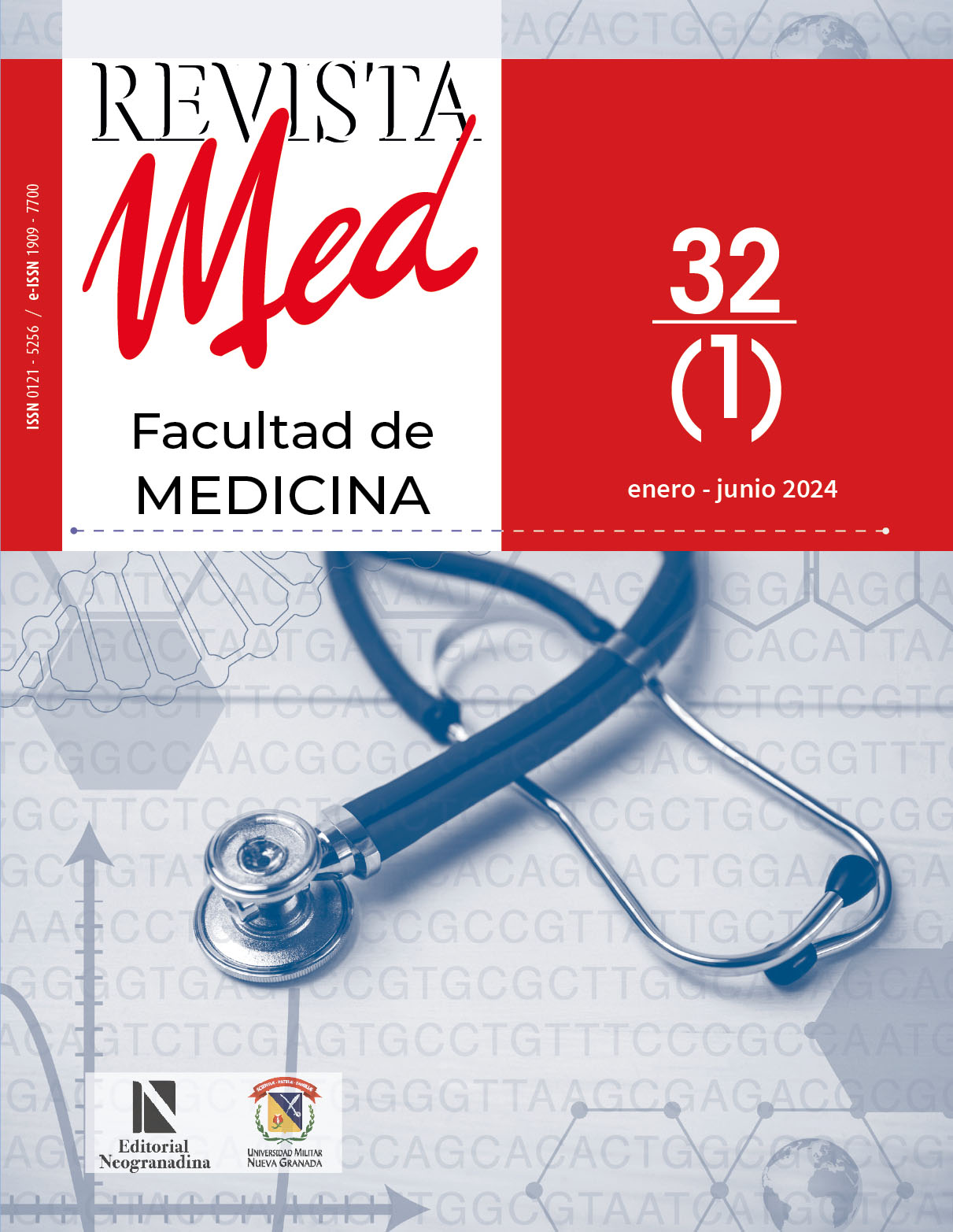Revelando a relação entre a disfunção da articulação sacroilíaca como um fator negligenciado na dor lombar
Resumo
Introdução: A articulação sacro-ilíaca (SIJ) serve como uma conexão crucial entre o sacro e o ilíaco, desempenhando um papel crucial na transferência de forças durante a atividade física. Sua função biomecânica
é essencial para a estabilidade, apoiada por ligamentos e músculos do assoalho pélvico. No entanto, a disfunção da SIJ pode contribuir para a dor lombar, uma condição que afeta 70-85 % da sociedade ocidental. Causas: A disfunção da SIJ pode derivar de vários fatores, incluindo movimento anormal ou desalinhamento, muitas vezes desencadeados por artrite, trauma ou padrões de marcha atípicos. Diagnóstico: O diagnóstico da disfunção da SIJ implica exames físicos como os testes FABER, de compressão, distração, empurrão do fêmur e Gaenslen. Tipicamente, são necessários três resultados positivos de testes provocativos para o diagnóstico, complementados por técnicas de imagem como radiografias, ressonâncias magnéticas e injeções articulares. Diagnóstico errôneo: Apesar da disponibilidade de métodos diagnósticos, a disfunção da SIJ é frequentemente mal diagnosticada devido à sobreposição de sintomas com outras condições e a etiologia negligenciada. Tratamento: Após o diagnóstico, a disfunção da SIJ pode ser tratada por meio de medidas conservadoras como fisioterapia e AINEs, ou intervenções mais invasivas como procedimentos cirúrgicos. Conclusão: A disfunção da SIJ é uma condição prevalente, mas frequentemente mal diagnosticada, destacando a importância de aumentar a conscientização tanto entre o público quanto entre os clínicos para garantir um diagnóstico preciso e um tratamento adequado.
Downloads
Referências
Buchanan, P., Vodapally, S., Lee, D. W., Hagedorn, J. M., Bovinet, C., Strand, N., Sayed, D., & Deer, T. (2021). Successful Diagnosis of Sacroiliac Joint Dysfunction. Journal of pain research, 14, 3135–3143. https://doi.org/10.2147/JPR.S327351
Gartenberg, A., Nessim, A., & Cho, W. (2021). Sacroiliac joint dysfunction: pathophysiology, diagnosis, and treatment. European Spine Journal, 30(10), 2936–2943. https://doi.org/10.1007/s00586-021-06927-9
Abdollahi, S., Sheikhhoseini, R., Rahimi, M., & Huddleston, W. E. (2023). The sacroiliac dysfunction and pain is associated with history of lower extremity sport related injuries. BMC sports science, medicine & rehabilitation, 15(1), 36. https://doi.org/10.1186/s13102-023-00648-w
Capobianco R, Cher D, SIFI Study Group (2015) Safety and efectiveness of minimally invasive sacroiliac joint fusion in women with persistent post-partum posterior pelvic girdle pain: 12-month outcomes from a prospective, multi-center trial. Springerplus. 4:570
Kiapour, A., Joukar, A., Elgafy, H., Erbulut, D. U., Agarwal, A. K., & Goel, V. K. (2020). Biomechanics of the Sacroiliac Joint: Anatomy, Function, Biomechanics, Sexual Dimorphism, and Causes of Pain. International journal of spine surgery, 14(Suppl 1), 3–13. https://doi.org/10.14444/6077
Nejati, P., Sartaj, E., Imani, F., Moeineddin, R., Nejati, L., & Safavi, M. (2020, March). Accuracy of the diagnostic tests of sacroiliac joint dysfunction. Journal of chiropractic medicine. https://www.ncbi.nlm.nih.gov/pmc/articles/PMC7646135/
Telli, H., Telli, S., & Topal, M. (2018). The Validity and Reliability of Provocation Tests in the Diagnosis of Sacroiliac Joint Dysfunction. Pain physician, 21(4), E367–E376.
Barros, G., McGrath, L., & Gelfenbeyn, M. (2019). Sacroiliac Joint Dysfunction in Patients With Low Back Pain. Federal practitioner : for the health care professionals of the VA, DoD, and PHS, 36(8), 370–375.
Cusi M. F. (2010). Paradigm for assessment and treatment of SIJ mechanical dysfunction. Journal of bodywork and movement therapies, 14(2), 152–161. https://doi.org/10.1016/j.jbmt.2009.12.004
Song, R., Lee, S., & Lee, S. H. (2019). Progressive sacroiliitis due to accessory sacroiliac joint mimicking ankylosing spondylitis: A case report. Medicine, 98(16), e15324. https://doi.org/10.1097/MD.0000000000015324
Prassopoulos, P. K., Faflia, C. P., Voloudaki, A. E., & Gourtsoyiannis, N. C. (1999). Sacroiliac joints: anatomical variants on CT. Journal of computer assisted tomography, 23(2), 323–327. https://doi.org/10.1097/00004728-199903000-00029
Demir, M., Mavi, A., Gümüsburun, E., Bayram, M., Gürsoy, S., & Nishio, H. (2007). Anatomical variations with joint space measurements on CT. The Kobe journal of medical sciences, 53(5), 209–217.
Klang, E., Lidar, M., Lidar, Z., Aharoni, D., & Eshed, I. (2017). Prevalence and awareness of sacroiliac joint alterations on lumbar spine CT in low back pain patients younger than 40 years. Acta radiologica (Stockholm, Sweden : 1987), 58(4), 449–455. https://doi.org/10.1177/0284185116656490
Raj MA, Ampat G, Varacallo M (2020) Sacroiliac Joint Pain. StatPearls Publishing
Wu, L., Tafti, D., & Varacallo, M. (2023, September 4). Sacroiliac joint injection - statpearls - NCBI bookshelf. Sacroiliac Joint Injection. https://www.ncbi.nlm.nih.gov/books/NBK513245/
Aranke, M., McCrudy, G., Rooney, K., Patel, K., Lee, C. A., Hasoon, J., Urits, I., Viswanath, O., & Kaye, A. D. (2022). Minimally Invasive and Conservative Interventions for the Treatment of Sacroiliac Joint Pain: A Review of Recent Literature. Orthopedic reviews, 14(3), 31915. https://doi.org/10.52965/001c.31915
Copyright (c) 2024 Revista Med

Este trabalho está licenciado sob uma licença Creative Commons Attribution-NonCommercial-NoDerivatives 4.0 International License.












